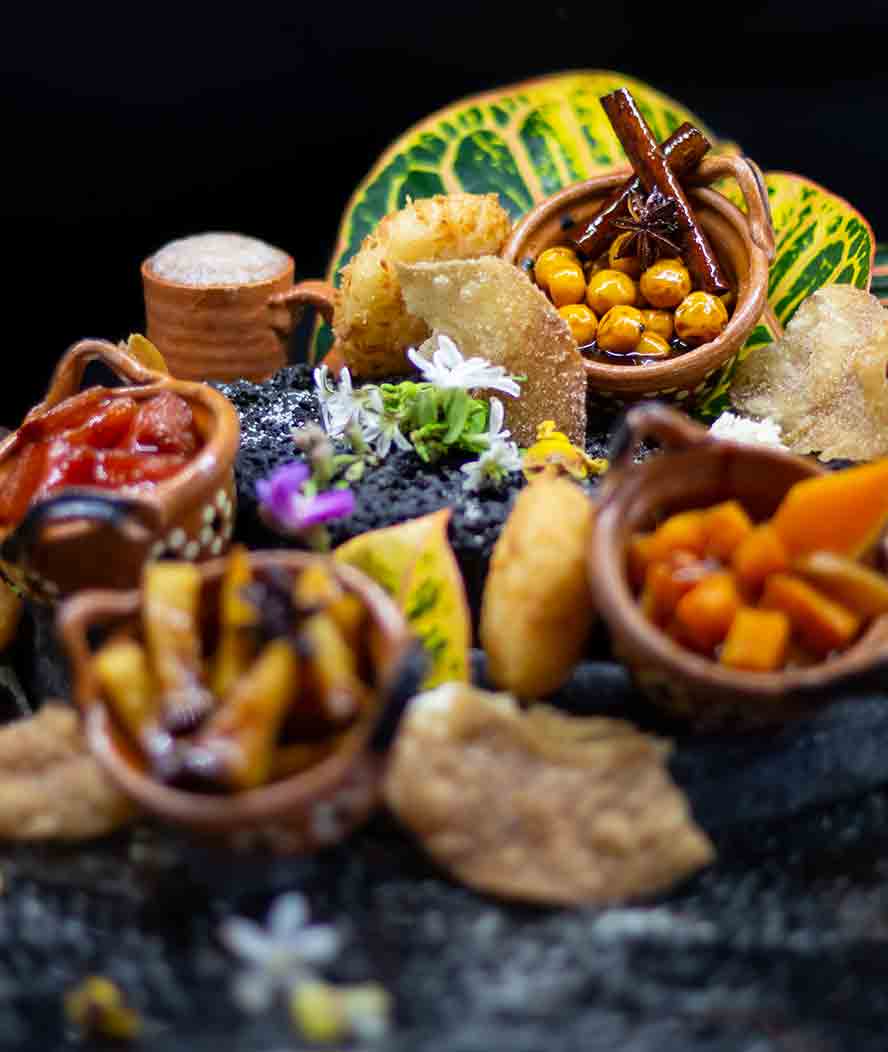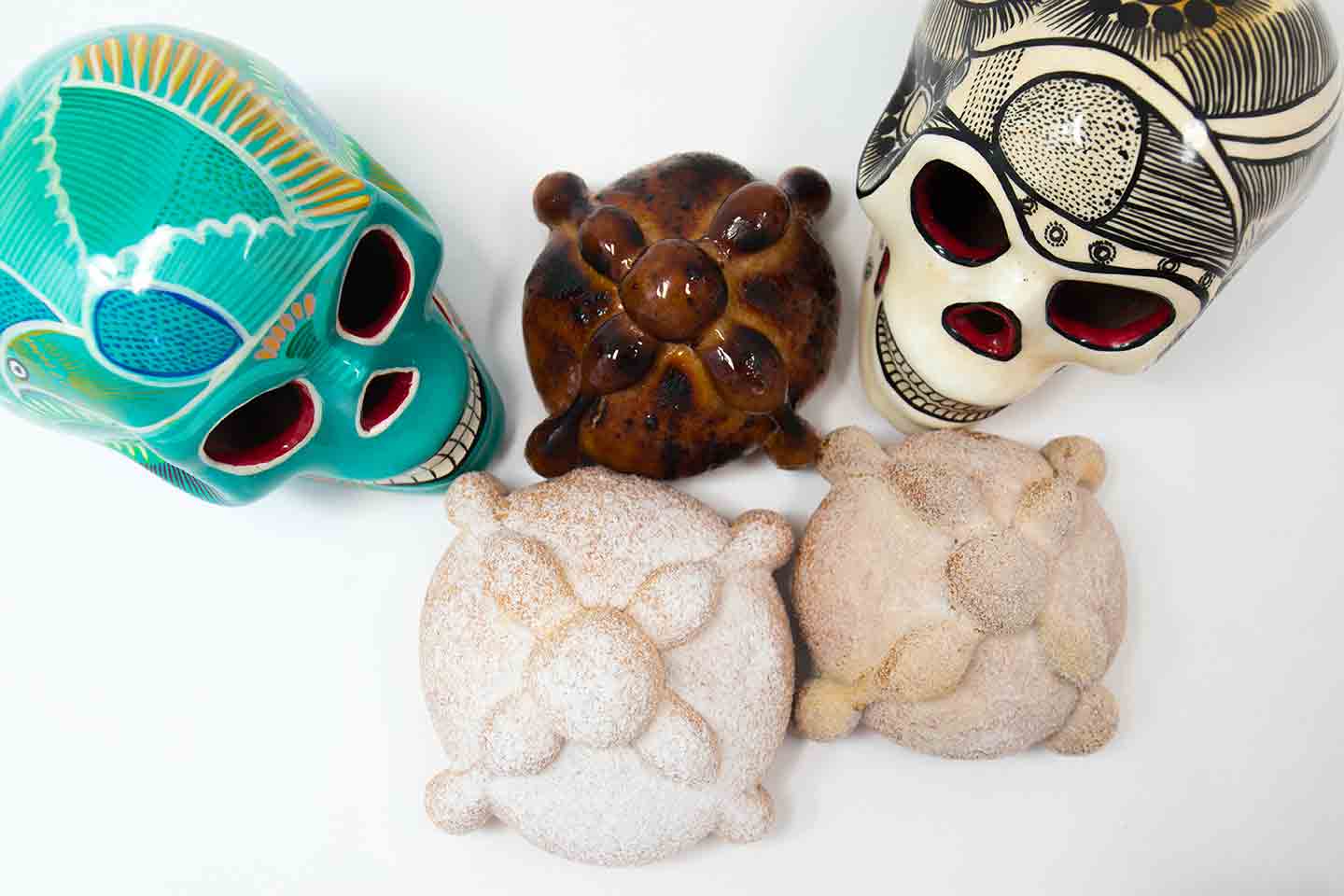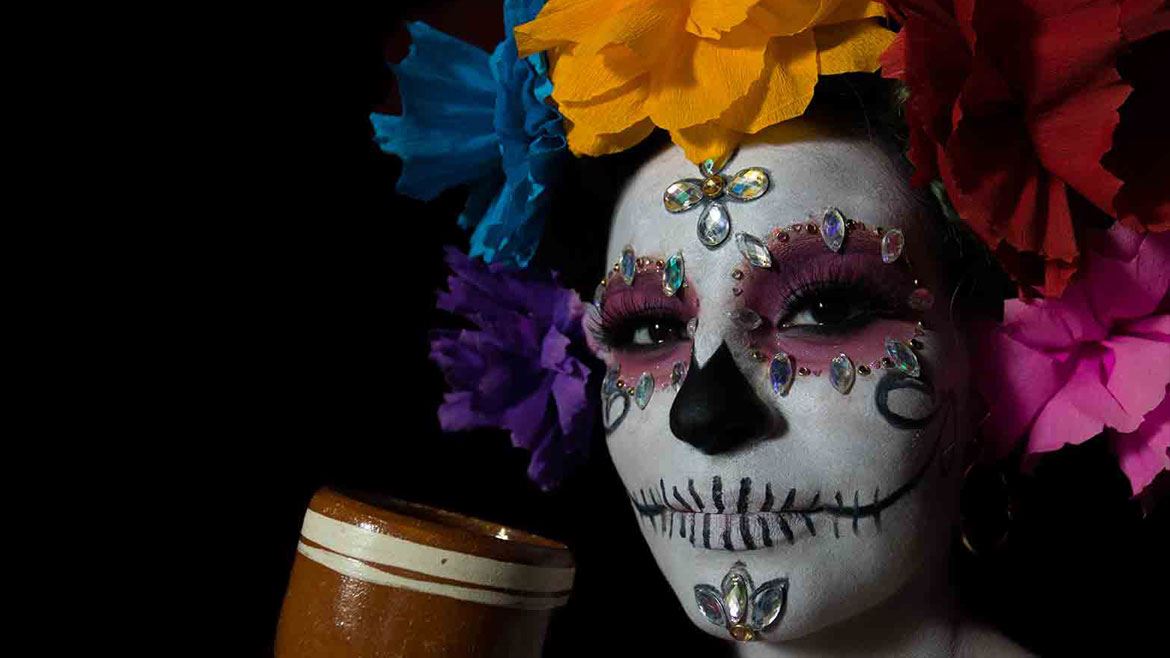What may be considered one of the most interesting and yet confusing Mexican holiday is actually one of Mexico's most influential and happiest celebrations of the year. People cleaning graves, and decorating them—ignoring the fact that there are skeleton particles just 6 feet down—or completely turning cemeteries into fully lit dancefloors. The Day of the Dead is a Mexican holiday that celebrates life and takes place on the 1st – 2nd November. It is said that the spirits passed loved ones return to the world of the living during this time to be with families. Intrigued yet? Here are 4 interesting facts that will give you a better insight into the astonishing celebration of life on the Day of the Dead.
This holiday dates back to the Aztec, Toltec and Nahua civilization
This iconic celebration of life dates back to Mayan and Aztec times, and yet the message has prevailed for centuries. They believed when someone passed, the destination of their soul was made by the method in which they died. Surprisingly this was really a month-long celebration through which ancestors were honored with various offerings.
The iconic Calavera Catrina was created by a Mexican cartoonist
The Calavera Catrina has become the symbol of Mexico's Day of the Dead. It came to life in 1912 by Mexican artist José Guadalupe Posada, which was then crafted into what is now known as La Catrina by Mexican painter Diego Rivera, portrayed masterfully in his painting "Dream of a Sunday Afternoon along Central Alameda.
The meaning behind the Xoloitzcuintli
Known as the "Mexican hairless dog," these ancient breeds are considered to be one of the rarest dog breeds in the world and one that has been in existence for over 3,000 years! Xoloitzcuintli or "Xolos" for short—are viewed as guardians, deemed sacred by ancient Aztecs and Mayans—they were believed to be guides for the dead.

What is an ofrenda? (altars)Ofrendas or altars are a crucial part of the Day of the Dead celebrations—their main purpose—to honor the memory of each passed relative. Usually set up on a table, ofrendas are adorned with Cempasuchitl flowers, typical of such holiday. Pictures of late ancestors are placed on the ofrenda, as well as pieces of their favorite clothing, personal things, and toys for the defunct children. Food is uniquely prepared for returning souls, making sure to showcase their preferred dishes and goodies—mole, tamales, favorite fruits, sugar skulls and of course Pan de Muerto.

Ingredients
- 20 g of yeast powder
- 300 g of wheat flour
- 350 ml of milk
- 200 g of eggs
- 60 g of yolks
- 700 g wheat flour
- 12 g of salt
- 190 g of sugar
- 200 g of cut butter
- (in cubes at room temperature)
- 10 ml of orange blossom water
- Orange zest (1 orange)
- 200 g of sugar
- 1 cinnamon stick (10 cm)
- 100 g of melted butter
Procedure
For the sponge
- Mix the baking powder with the wheat flour. Add the milk and beat until a firm dough is obtained. Cover the dough with sticky plastic and let it sit at room temperature for 30 minutes.
For the dough
- Place the sponge in a large bowl; incorporate the eggs and the yolks one by one, mixing the previous one well before adding the next. Add the wheat flour and mix until a compact dough is obtained. Add salt, work the dough until it develops elasticity and then add sugar. While working the dough, gradually add the butter, the orange blossom water, and the orange zest, continue kneading until it becomes smooth and elastic.
- Form a ball with the dough, place it in a lightly greased pan, cover it with sticky plastic and let it rest for 1 hour.
For the decoration
- Place the dough on a table with flour, divide it into 4 equal pieces and separate a small portion from each. Roll the 4 large portions of dough in the shape of a ball, place them in trays and press them lightly.
- Divide each of the 4 small portions into 5 equal parts; roll them and until creating 4 balls that will be used to form the head of each bread.
For the bread bones
- Sprinkle the 16 small dough balls with flour then press them in half with your index finger and roll down and up to divide it into two pieces without fully cutting it.
- Repeat the same procedure with the remaining 15 balls, the result will be the shape of a worm separated into 4 equal pieces.
- Varnish the large dough buns with a brush with water. Lightly stretch one of the bones and place it on one of the buns, covering them from side to side and put the second bone perpendicular to the first.
